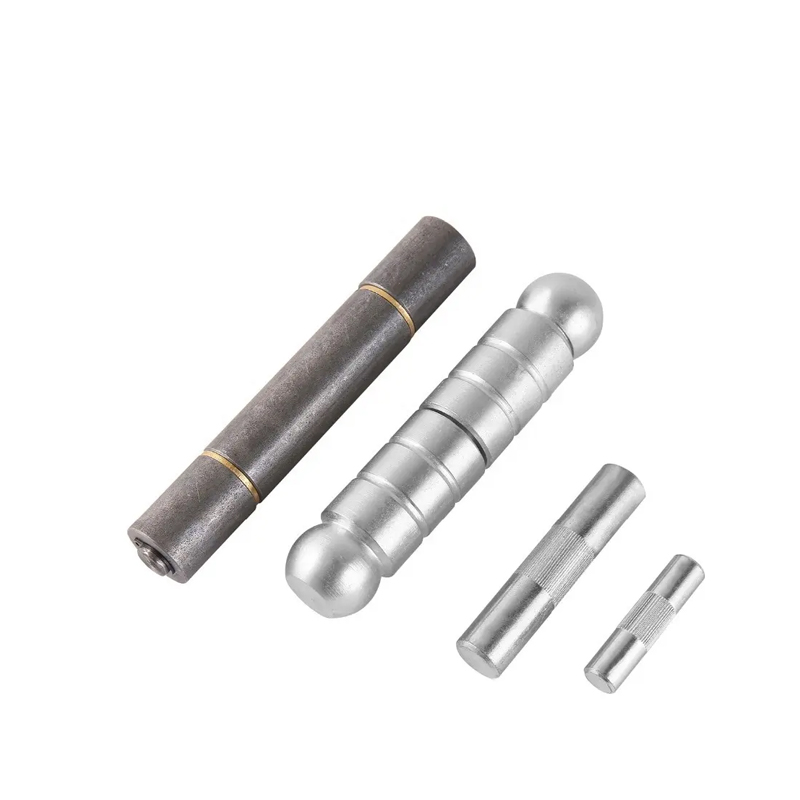No. 200 Gaoxin RD, Shanghua St, Lanxi, Zhejiang, P. R China
The multiple sizes high precision rack pinion gear system is an essent...
See DetailsSpring hinges are designed to automatically return a gate or door to its closed position after being opened. This self-closing feature is particularly useful for gates in residential, commercial, and industrial environments where security or containment is important. Despite their utility, outdoor spring hinges are exposed to environmental stressors and mechanical strain, which may bring about specific operational issues over time.

1. Spring Fatigue or Breakage
One of the frequent failures in spring hinges is fatigue or complete breakage of the internal spring mechanism. Continuous flexing during repeated openings and closings can weaken the spring, especially if the gate is heavy or if the spring tension is not correctly adjusted during installation. Once weakened, the hinge loses its self-closing ability.
2. Rust and Corrosion
Outdoor metal hinges are continuously exposed to moisture, air pollutants, and temperature fluctuations. If the hinge is not made from corrosion-resistant materials (e.g., stainless steel or galvanized metal), rust can form on the spring or hinge body. This can cause stiffness, noisy operation, or even seizure of the moving parts.
3. Misalignment or Sagging
Improper installation or mounting on a warped gate frame can bring about misalignment. Over time, this may cause the gate to sag, placing undue stress on the spring hinge and resulting in uneven closing motion or mechanical binding.
Cast iron is a widely used material in the production of heavy-duty hinges, especially in applications that demand structural rigidity and load-bearing performance, such as estate gates, industrial access doors, and farm enclosures. The life of cast iron hinges is influenced by several interacting factors, ranging from the quality of the casting process to the maintenance practices in place.
1. Material Properties and Casting Quality
Cast iron is known for its compressive strength and rigidity. When produced with high-quality casting techniques and uniform grain structure, cast iron hinges can withstand significant mechanical loads without deforming. However, the inherent brittleness of cast iron means that it may crack under sharp impact or sustained tensile stress if not properly designed.
2. Environmental Exposure
Outdoor cast iron hinges must be protected from corrosion to maintain their strength over time. Without surface treatments like powder coating, galvanizing, or regular painting, cast iron is prone to oxidation. Rust not only affects appearance but also compromises the hinge's mechanical integrity, potentially shortening its lifespan.
3. Usage and Load Conditions
The life of a cast iron hinge is also determined by the weight and frequency of the gate's movement. Hinges used on heavy gates or high-traffic areas experience more wear. If the load is not evenly distributed across all hinges, excessive force may be applied to a single point, accelerating fatigue.
4. Lubrication and Maintenance
Though cast iron hinges are not typically complex in design, routine lubrication of pivot points helps reduce friction and wear. Keeping the hinge free of debris and contaminants also supports longer operation.
5. Expected Lifespan
Under normal conditions and with appropriate protective coatings, heavy-duty cast iron hinges can last 10 to 20 years or more. However, in coastal environments or areas with harsh winters, their lifespan may be shortened if protective measures are not in place.